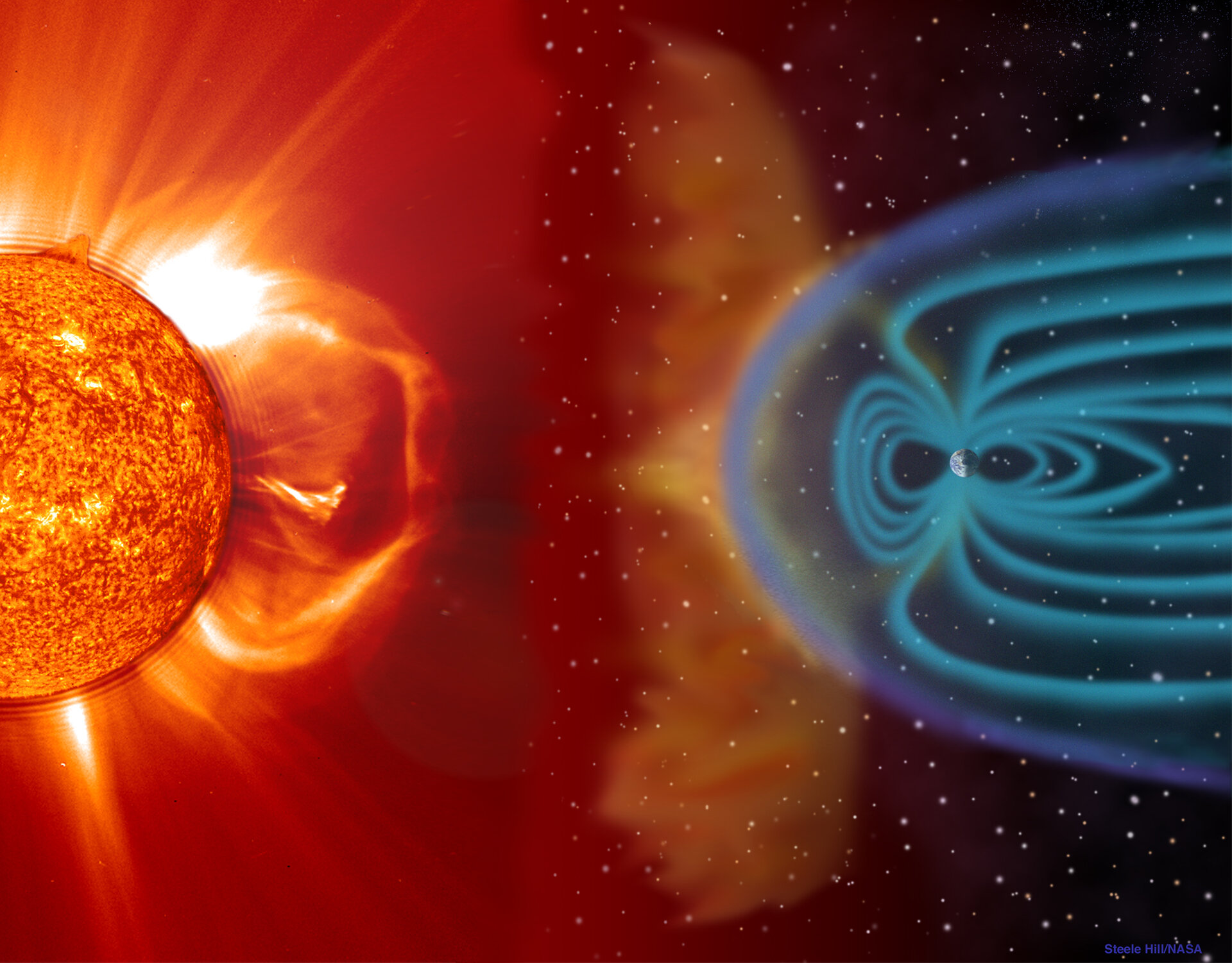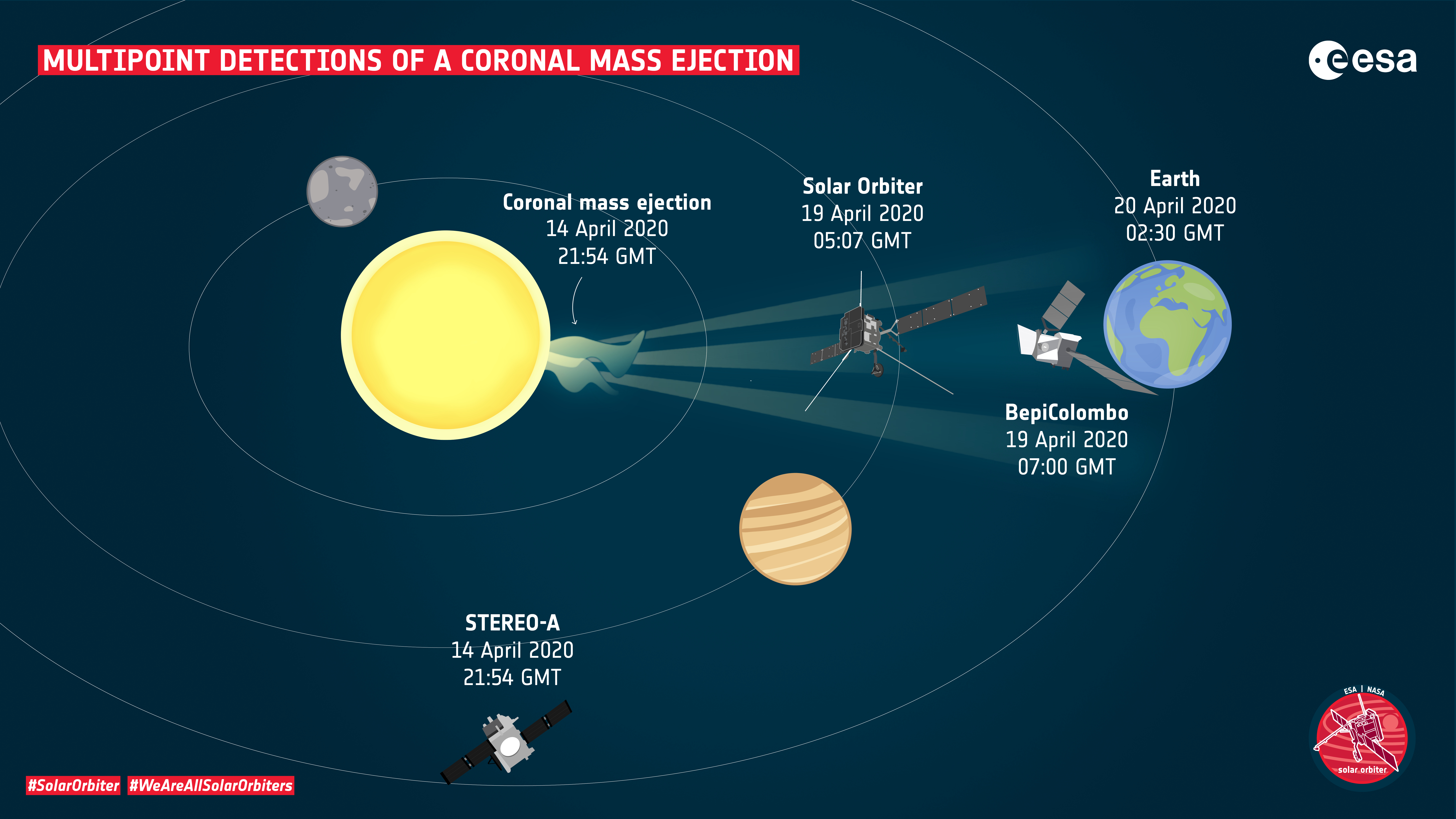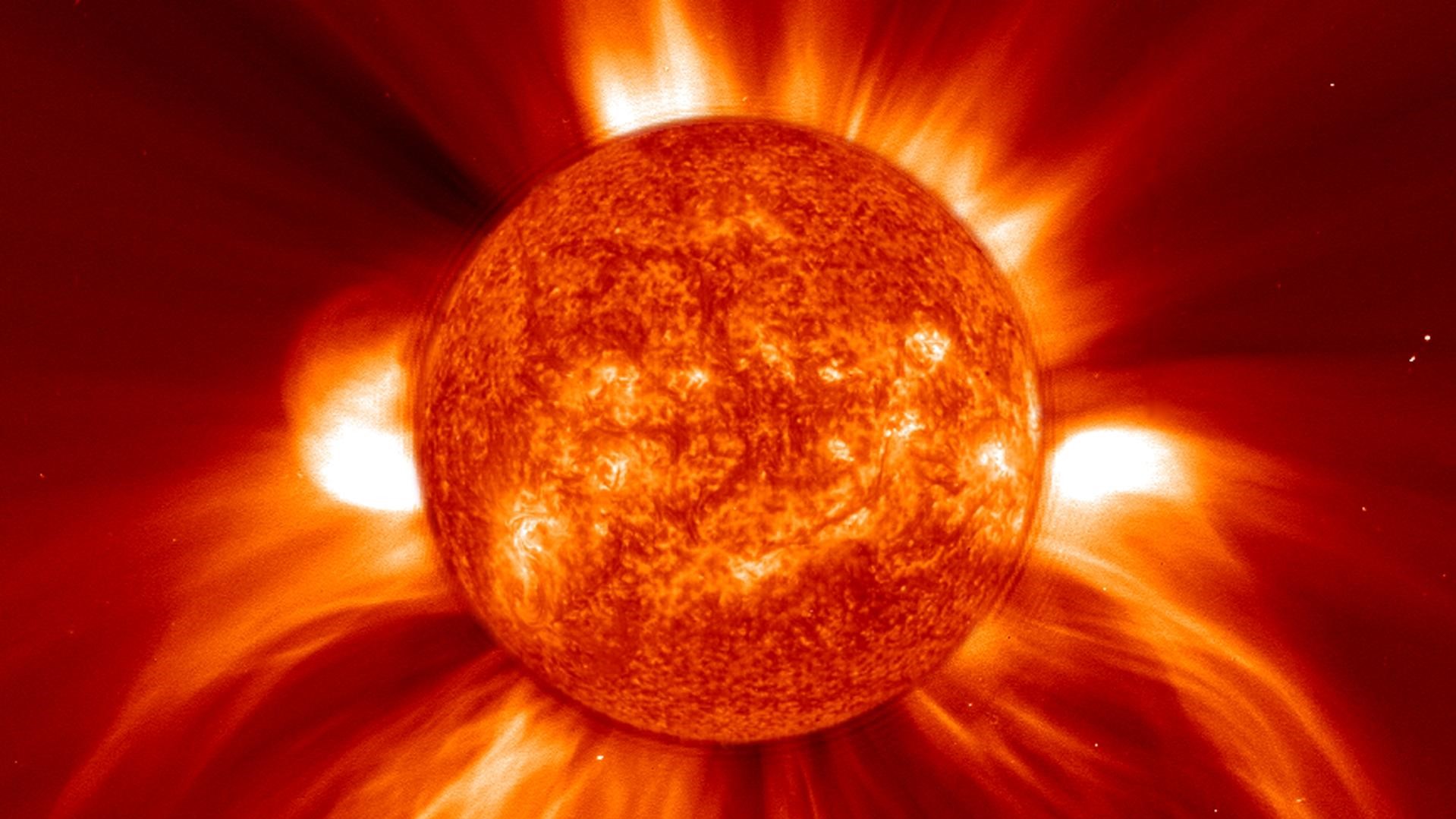"The past resembles the future more than one drop of water resembles another.”
― Ibn Khaldun

What I Do
I am a voluntary research assistant with Professor Zhang in the Physics and Astronomy Department at George Mason University. Professor Zhang focuses on the study of solar physics, particularly the behavior of our Sun. One of his research projects investigates Coronal Mass Ejections (CMEs) and aims to better understand their behavior. CMEs are massive eruptions of plasma from the Sun, primarily made up of hydrogen. The plasma is heated to such high temperatures that atoms lose their electrons, creating a clump of ions and electrons. These eruptions occur when the Sun's magnetic field lines become distorted due to its complex motion and convection of plasma. When the magnetic field lines reconnect, a CME is triggered.

How Am I Doing It
Currently, I am supporting the understanding of CMEs by modeling their motion relative to the Sun's surface. I analyze data from measurements of CME positions as they move away from the Sun, recording their height over time. I then graph this data and fit functions to describe their behavior, including their height and velocity over time. CMEs don't follow a continuous motion but instead pass through three distinct phases: the slow rise phase, the impulsive phase, and the propagation phase. Each of these phases requires separate functions to accurately model the CME's behavior.

Why Does It Matter?
Understanding CMEs is important because by pinpointing the transition times between these phases, we can improve our predictions of their behavior. If we can better understand the causes of these transitions, such as why CMEs have only three phases, we can predict their occurrence with greater accuracy. This knowledge will help us not only to understand the Sun's behavior but also to improve our ability to forecast CMEs, which could have significant impacts on Earth’s technologies.
omaraljbreenn@gmail.com
Phone
(571) 532-0291Address
Fairfax, VAUnited States of America
